1979 Fiat Spider Restoration
Article by Mark Trotta
We found this car for sale in the parking lot of a restaurant in Myrtle Beach, SC. The body was straight, the convertible top and tires were new, but the car needed mechanical attention.
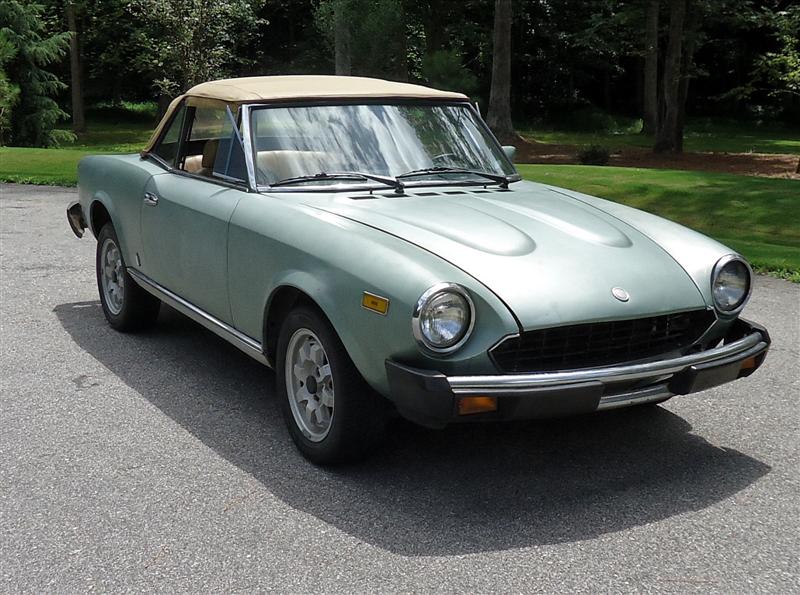
During the price negotiation, the owner offered to drive it to our house, which was 200 miles away. Not only did this save the hassle of having it towed, it showed it was a reliable running car.
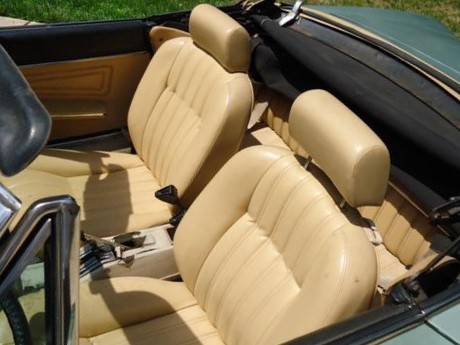
Before buying, we also looked at several other classic sports cars, including a 1974 Triumph TR-6 (seller would not negotiate) and a 1973 MGB (seller changed his mind and kept the car). There was also a Porsche 911 that was priced well under market value - turned out the car's drivetrain was not original.
____________________________________________
____________________________________________
After driving the Fiat Spider for the first time, the lack of brake pedal pressure was alarming, so a brake system overhaul became the first priority in the restoration project.
Read: Fiat Spider Brakes
************************
Exhaust Manifold Oil Leak
It turned out that the exhaust manifold studs on this car had been previously replaced with bolts, which was allowing oil to seep onto the manifold. Two of the exhaust studs are open into the cylinder head where oil lays, between valve springs. These two studs are second from the front and second from the rear of the head.
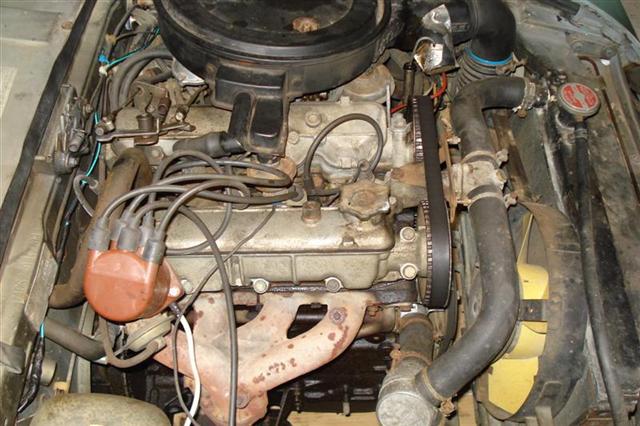
The oil leaking issue was resolved by removing the manifold and fitting the correct-length metric studs, which were installed with non-hardening sealant. Torque specs are 18 lb/ft.
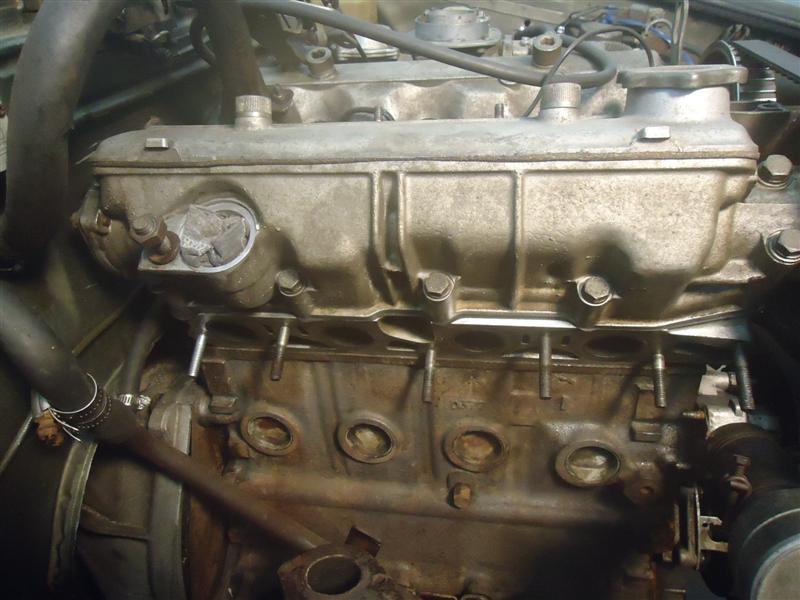
************************
Electric vs Mechanical Fuel Pump
When we first bought the car, a previous owner had disconnected then blocked off the original mechanical fuel pump (without removing it) and then rigged a universal electric fuel pump inside the trunk. I understand why this was done--replacing the mechanical pump requires a lot of labor.
The carburetor was not getting enough fuel, which I traced to the electric fuel pump. The path of least resistance was to replace this fuel pump with another electric fuel pump, which I did. But several months later, I was having fuel issues again.
Replace Fuel Pump
After ordering a replacement O.E. type fuel pump online, I spent several hours removing hoses and wires to get to the original one, which is under the cylinder head and buried pretty deep.
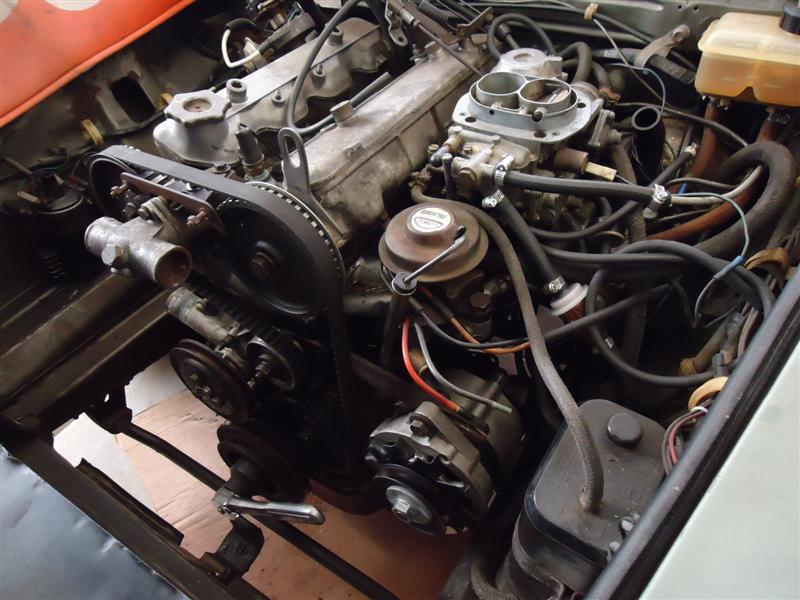
After installing, the new fuel pump has to be timed with the cams.
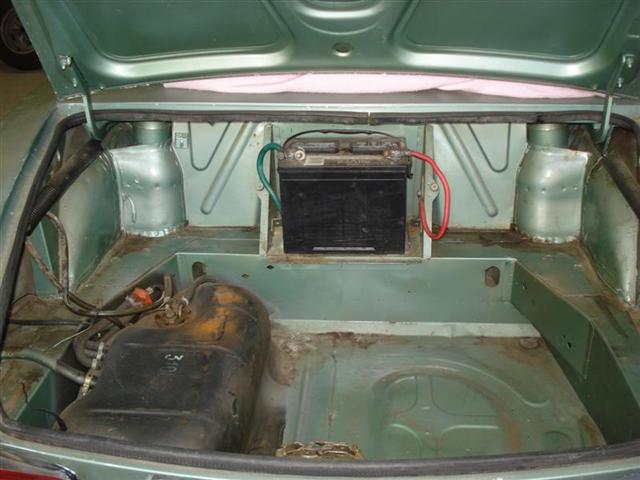
While I was replacing the fuel pump, I also replaced the metal fuel line that runs from the gas tank (in trunk) to the engine compartment, as well as an inline fuel filter.
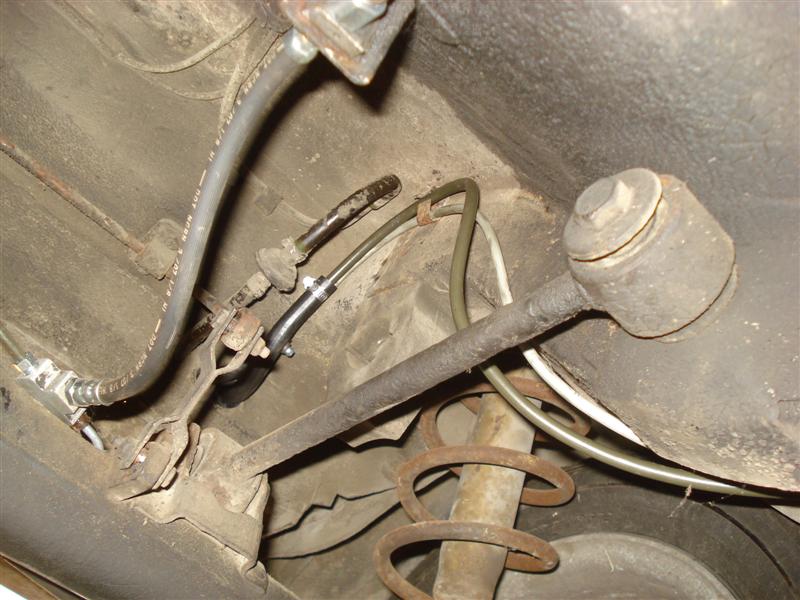
************************
Timing Belt Replacement
Timing belts on the 2.0L Spider motor are only rated for 20 to 25k miles. If a timing belt breaks, a 2.0L engine will free-wheel (no damage). On earlier 1800cc engines, broken timing belts will damage engine parts.
Timing Belt Replacement on the 2.0L Fiat Spider can be time-consuming and frustrating. The crank pulley, auxiliary shaft sprocket, intake cam sprocket, and exhaust cam sprocket must be perfectly lined up as the belt is installed or the car won't run it's best.
Once the O.E. style fuel pump and new timing belt installed correctly, the car ran much better.
Read: Fiat 2.0L Timing Belt Replacement
************************
Fiat Spider Electrical Issues
Old car electrical problems are often as simple as loose and corroded connections, a blown fuse, or a melted fusible link. If several electrical components aren't working, that may indicate a fuse or ground connection.
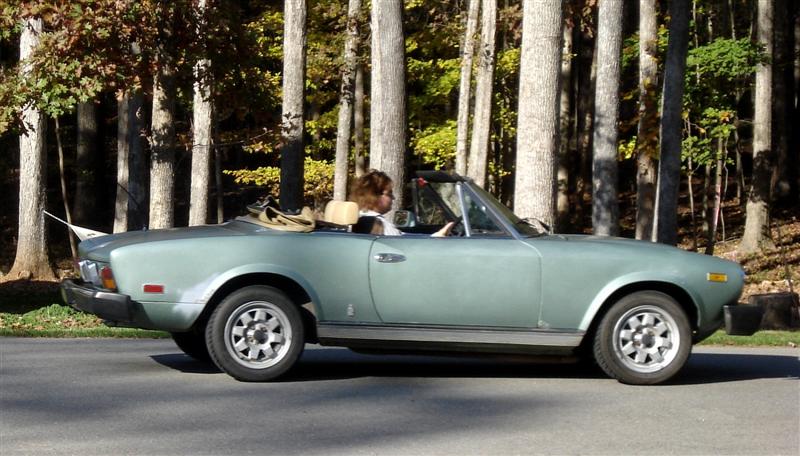
Spider models have fuse panels under the dash just below the steering wheel to the left. The fuses are the older European style, like early VW Beetles. These fuses are made of aluminum and sometimes copper.
Electrical issues on old Fiats are often traced to a bad ground.
____________________________________________
____________________________________________
Fiat Spider electrical problems can sometimes be cured by removing the fuses and cleaning the terminals with Emory cloth. If you still have electrical issues, consider replacing the original fuse box with a modern-style fuse box and fuses.
Notes and Misc
In fair-to-good shape, Fiat Spiders sell between $8,000 to $11000, making them affordable classic cars. Aftermarket parts and supplies are limited, but on the plus side, there's plenty of enthusiast sites on the web.
Wheel options are limited because of the odd 4x98mm bolt pattern.
You can update from 13" to 14" wheels. A set of reproduction alloy rims sell for about $1,000.
Steel brake lines are an uncommon "bubble-flare" metric size.
Most 1970's cars are unfairly treated because of mandatory emissions devices installed on them.
Alongside the Alfa-Romeo Spider, MGB, and Chevy Corvette, the Fiat Spider is one of the longest-running production sports cars in automotive history.
It's a fun car to drive!
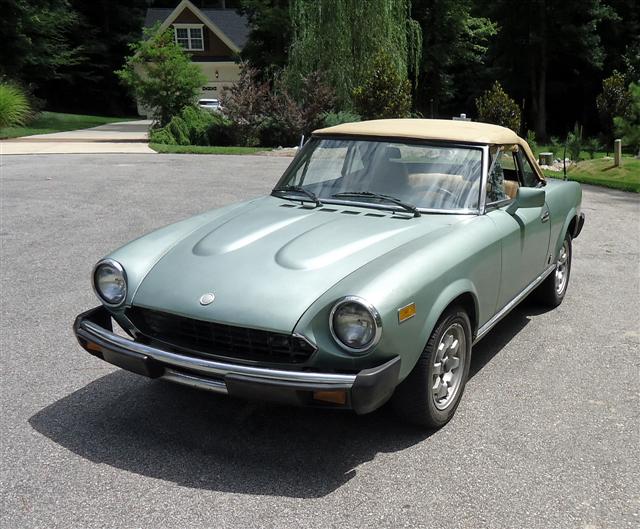
FIAT acronym: "Fling It Around Turns"
************************
Related Articles: